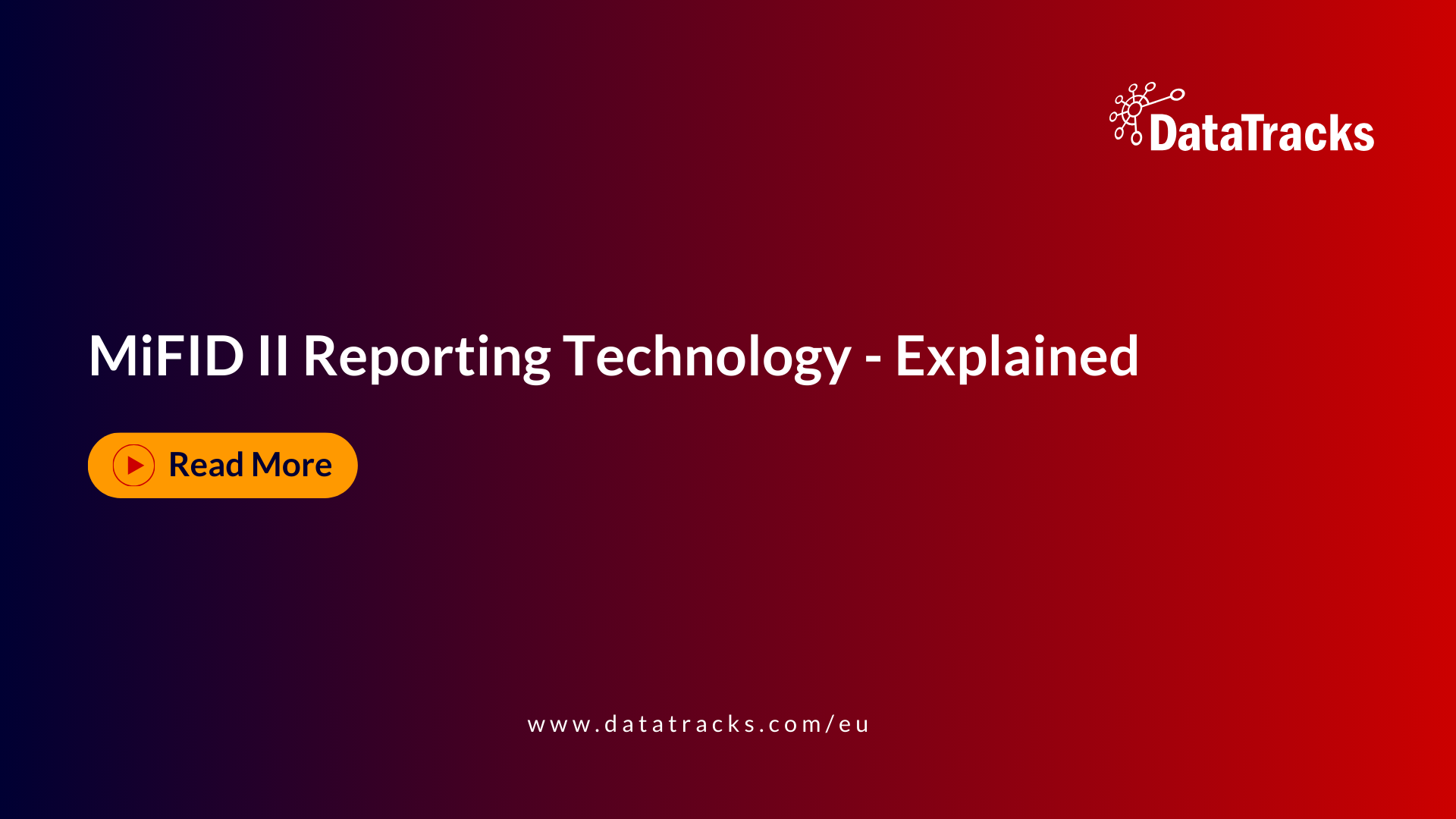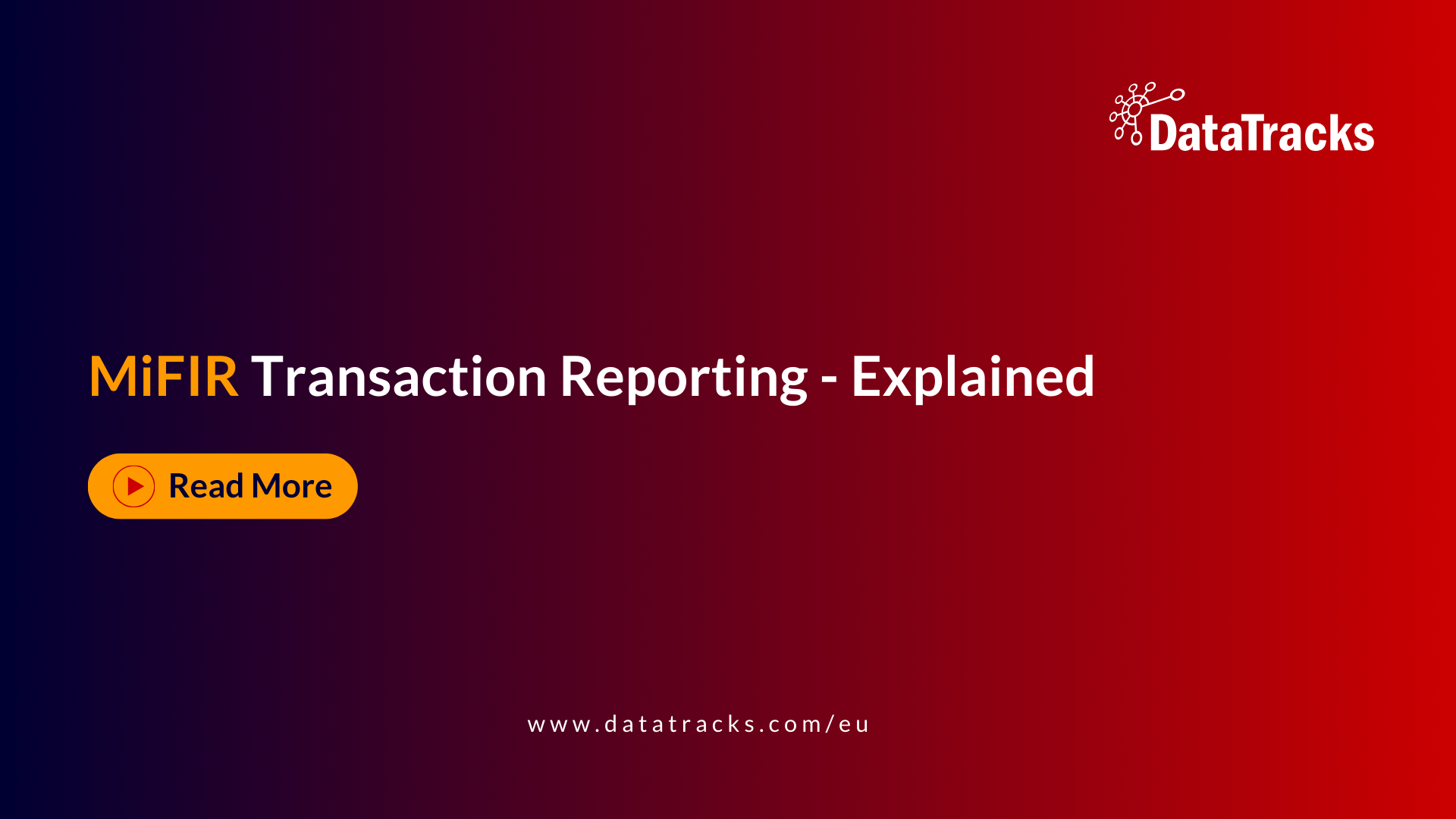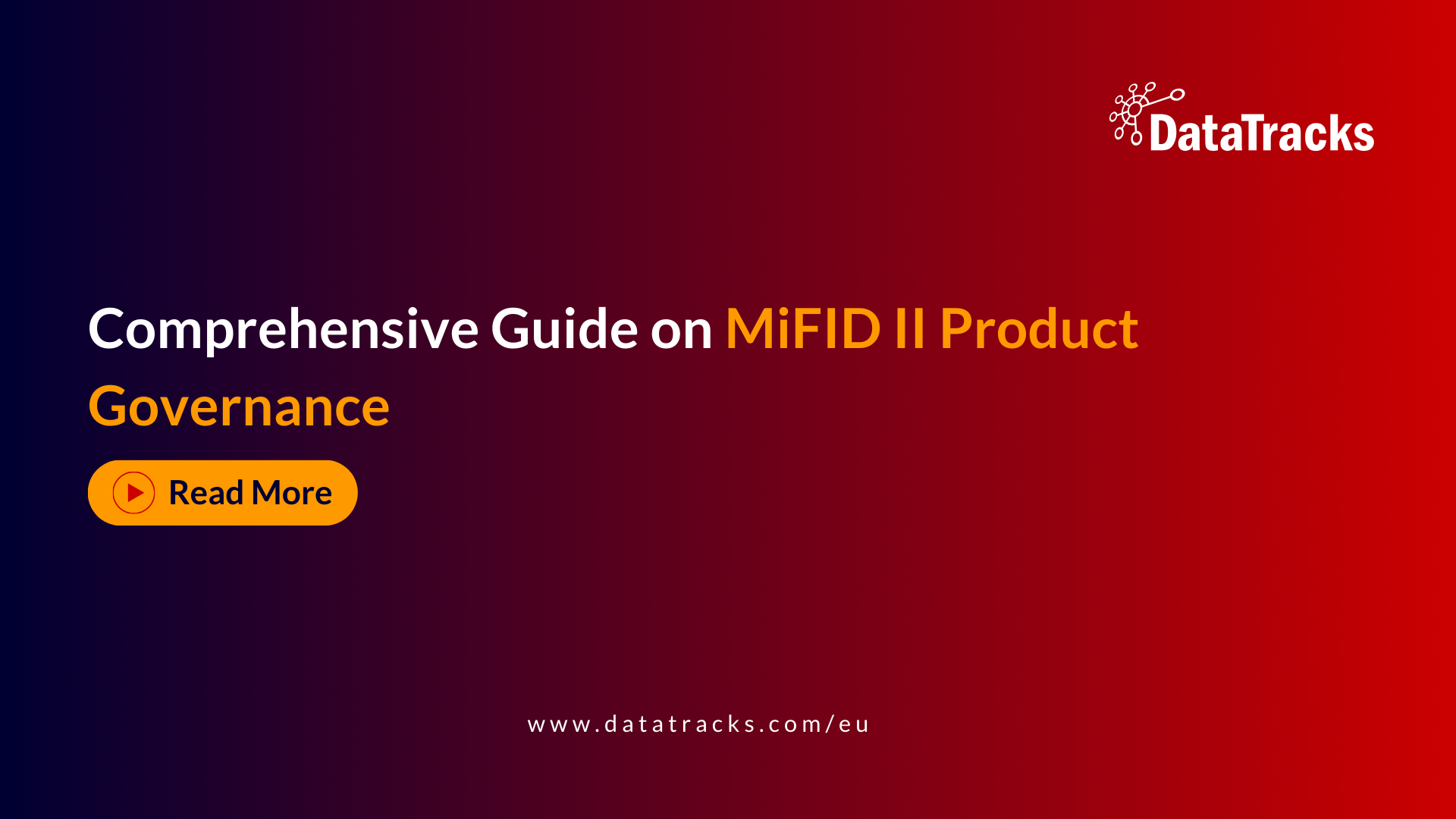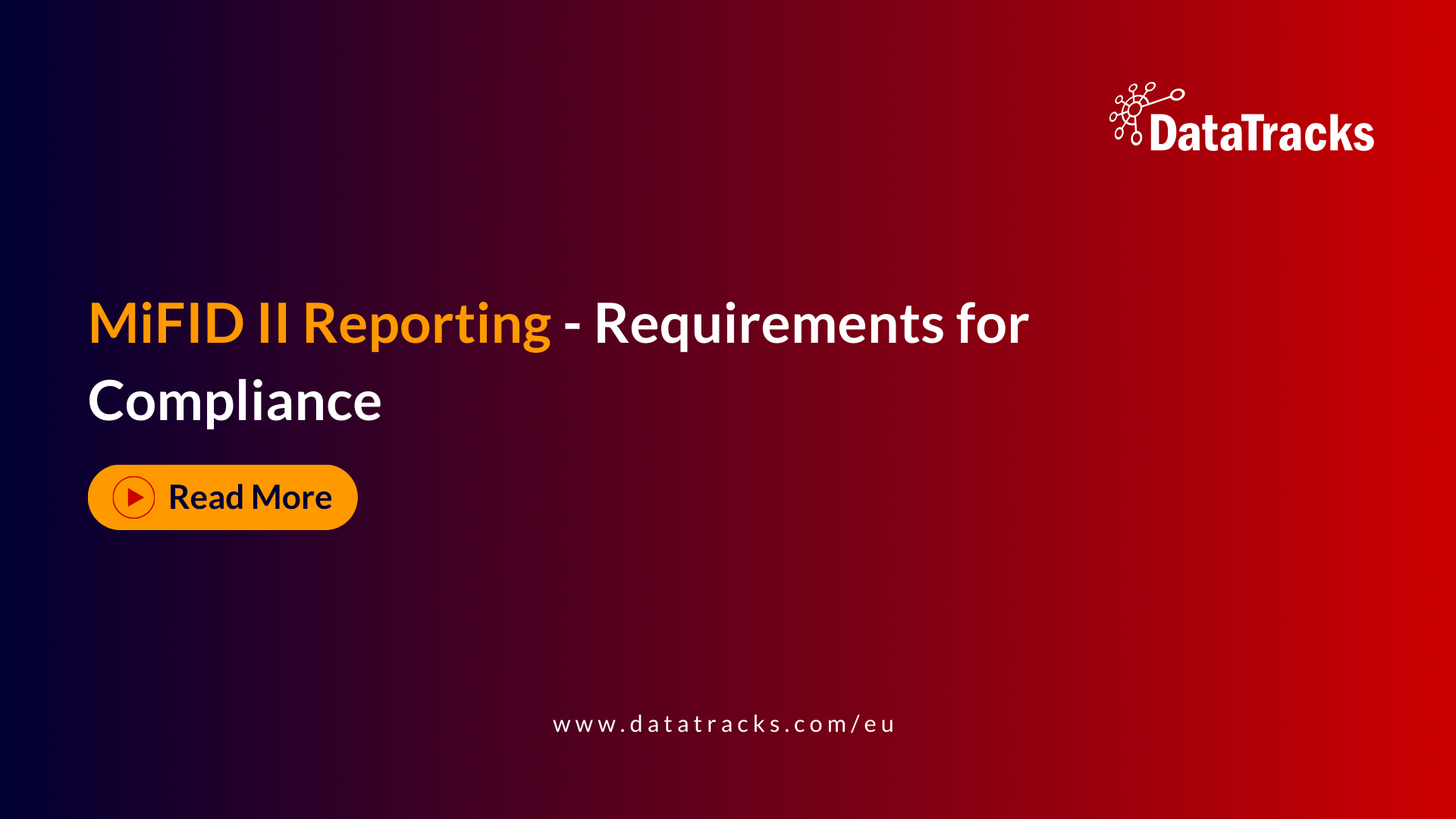MiFID II Implementation Challenges
MiFID II fixes a number of issues with the original legislation to improve robustness in the soundness of financial systems across member states.. It is due to come into effect very soon and organisations have until just 3 January 2018 to get themselves ready for compliance with the directive.
MiFID II addresses far more than equity, which was the core of MiFID – it now covers almost all financial instruments and will have a vast impact upon the structure of the markets. There is also the MiFIR regulation that runs alongside the updated directive. The new rules run to more than 1,000 pages, which alone is a key challenge to correct implementation when there is so much to be taken into account.
Here’s a snapshot of what the new rules cover:
- disclosure of data on trading activity to the public
- disclosure of transaction data to regulators and supervisors
- increased regulatory and client reporting for all asset classes and near-time reporting requirements to the regulator
- removal of barriers between trading venues and providers of clearing services to ensure more competition
- specific supervisory actions regarding financial instruments and positions in derivatives
- post-trade data must be submitted to Authorised Reporting Mechanisms (ARMs)
- new obligations for suitability reporting to protect investors
- new rules on record keeping, such as recording phone calls and emails to ensure better transparency and eliminate conflicts of interest.
What you should be aiming for is a solid compliance culture that starts from the board directors downwards. So, what to look out for? There are a number of areas where organisations need to set up mechanisms for compliance and using technology is key. Technology can ease the burden of compliance and streamline operations and when the right technology is in place, you can be better equipped to comply with MiFID II’s transparency requirements and have a full audit trail on every action.
Some existing technology infrastructure can be repurposed, for example to comply with the trading obligations under Dodd-Frank. It is essential to get databases redesigned, if necessary, to cope with the need for more robust client classification and related client data. Client portals should be enhanced to increase client interaction and give access to their reports, costs and charges. Trading activities should be migrated to more transparent exchanges or electronic platforms, and use supporting algorithms to determine trading decisions. Automated workflows can help process pricing, pre-trade timeframes, integration of data from new sources that helps determine instrument and venue status, use of APIs for data, etc.
MiFID II Reporting: Tackling the Implementation Challenges
It’s not enough, though, just to implement the right set-up and install the right technology. Implementation should be viewed as ongoing, just as regulatory reporting is. Reporting must be monitored so organisations can quickly identify an arising issues and take steps to fix them. It’s widely expected that the European Commission will issue further guidance shortly to enable firms to be ready for 3 January 2018. Indeed, it has already issued guidance in the form of FAQs [https://ec.europa.eu/info/law/markets-financial-instruments-mifid-ii-directive-2014-65-eu/implementation/guidance-implementation-law_en] for firms dealing with brokerage and research services from broker-dealers in other jurisdictions, particularly the USA, in order to stay fully compliant.
Overall, every firm should be looking beyond simply complying with the new rules – with so much data now due to be collected, ensuring their regulatory reporting environment is up to scratch will help avoid regulatory scrutiny.
Impact on Strategy
Implementing MiFID II reporting requirements necessitates a strategic overhaul for many firms. Key strategic impacts include:
- Client Communication: Firms must establish systems for recording and archiving all client interactions, including calls and face-to-face meetings, to ensure compliance and transparency.
- Product Governance: It is crucial to develop and maintain robust product governance frameworks that ensure financial products meet the needs and characteristics of their target markets. This includes detailed record-keeping and regular reviews.
- Transparency and Reporting: Enhanced transparency is achieved through comprehensive transaction reporting and detailed cost disclosures. Firms need to provide clients with clear information on all costs and charges related to their investments.
Impacts Across Types of Firm
The implementation of MiFID II reporting has varied implications across different types of firms:
Investment Firms
- Extensive Reporting Requirements: Investment firms must submit detailed transaction reports to regulatory authorities, ensuring accuracy and completeness.
- Independence and Conflicts of Interest: Maintaining independence in advisory services and managing conflicts of interest are critical to compliance.
- Client Suitability: Firms must regularly assess the suitability of investments for their clients, keeping detailed records of these assessments.
Trading Venues
- Transparency Systems: Trading venues must implement systems that support pre- and post-trade transparency, making information public as required.
- Waivers Management: Venues need to manage various waivers (RPW, NTW) and adhere to the Double Volume Cap (DVC) mechanism.
Asset Managers
- Record-Keeping: Asset managers are required to maintain detailed records of client interactions and investment decisions.
- Product Governance: Ensuring that financial products are suitable for their target markets and conducting regular reviews to maintain compliance with governance rules.
Impact on Data & Systems
MiFID II reporting imposes significant demands on data management and IT infrastructure:
- Data Collection and Storage: Firms need sophisticated systems to collect, store, and manage large volumes of data. This includes transaction data, client information, and communication records.
- Systems Integration: Many firms will need to upgrade or integrate existing IT systems with new solutions to meet MiFID II reporting requirements. This ensures seamless data flow and accurate reporting.
- Real-Time Reporting: Implementing real-time reporting capabilities is essential for meeting the requirement to submit transaction data promptly to regulatory authorities.
Impact on Trading & Execution
Trading and execution processes must adapt to comply with MiFID II reporting:
- Algorithmic Trading: Firms engaged in algorithmic trading must comply with specific organizational and technical requirements to prevent creating disorderly trading conditions. This includes maintaining detailed records of trading algorithms and their usage.
- Market Making: Market makers must adhere to new obligations, including entering into market-making agreements and ensuring liquidity provision, even during stressed market conditions.
- Execution Quality: Trading venues are required to provide detailed quarterly reports on execution quality, covering aspects such as price, costs, speed, and likelihood of execution. This transparency helps ensure fair trading practices.
Conclusion
Implementing MiFID II reporting presents numerous challenges across various aspects of financial operations. Firms must strategically overhaul their processes, invest in robust data management systems, and adapt their trading and execution practices to comply with the new regulations.
DataTracks offers advanced MiFID II reporting solutions designed to help firms navigate these complexities efficiently. By leveraging DataTracks’ robust software, firms can ensure accurate data management, streamline their reporting processes, and maintain compliance with MiFID II obligations. This not only enhances transparency and investor protection but also ensures the firm’s operational integrity and regulatory adherence.
Frequently Asked Questions (FAQs)
How does MiFID II reporting impact investment firms’ strategies?
MiFID II reporting requires investment firms to implement systems for recording and archiving all client communications, ensure robust product governance, and enhance transparency through comprehensive transaction reporting and cost disclosures. This strategic overhaul helps firms comply with the regulations while maintaining transparency and investor protection.
What are the key data management requirements under MiFID II reporting?
Firms must have sophisticated data collection and storage systems to manage large volumes of transaction data, client information, and communication records. They also need to integrate or upgrade existing IT systems to ensure seamless data flow and real-time reporting capabilities to meet regulatory deadlines.
How does MiFID II affect trading and execution processes?
MiFID II imposes specific requirements on algorithmic trading, including maintaining detailed records and preventing disorderly trading conditions. Market makers must adhere to new obligations, such as entering into market-making agreements and ensuring liquidity provision during stressed market conditions. Trading venues are required to provide detailed reports on execution quality, covering price, costs, speed, and likelihood of execution.





